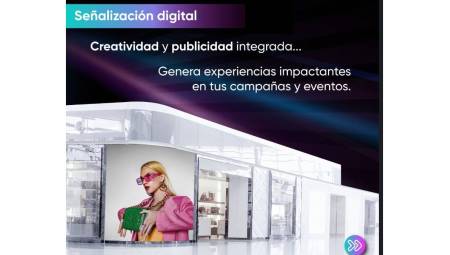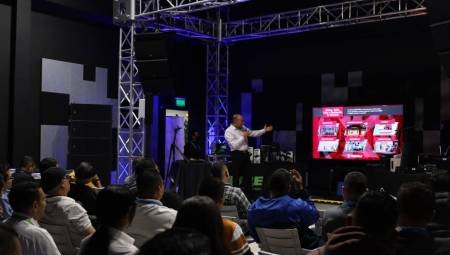 Mexico. In Multimedia they practice by example. They have been in favor of videoconferencing for 10 years, when the systems were really expensive, when a dedicated technician was required for their implementation and operation and when a dedicated link had to be hired to the carrier because the bandwidth of the "normal" enterprise internet was simply insufficient.
Mexico. In Multimedia they practice by example. They have been in favor of videoconferencing for 10 years, when the systems were really expensive, when a dedicated technician was required for their implementation and operation and when a dedicated link had to be hired to the carrier because the bandwidth of the "normal" enterprise internet was simply insufficient.
Even so, they bet on this technology for their own use, before integrating it into the AV projects they do for their customers, because they believe they cannot sell or install systems that they have not thoroughly tested. They still have a powerful Tandberg team that is still functioning.
Fortunately, things have changed. Broadband internet access is already a reality and contracting services of 100 or 200 Mbps is a tangible reality in certain cities in Mexico and Latin America. There has been a breakthrough in the development of soft-codec-based systems (Skype perhaps as a pioneer, but now no longer the only one) and recently the explosion of videoconferencing services and virtual meeting rooms based on the cloud.
Thus, a couple of years ago they sought an alliance with Videxio, a leader in cloud services and thus consolidated their proposal that they call Multimedia Video.
Today they use Multimedia Video exhaustively because their offices in CDMX and MTY need to be in communication every day. So using Microsoft Exchange they can book one of the video conferencing rooms and link with the counterpart in the other city. This is how they discuss issues of management, strategy, marketing, sales or support.
But Multimedia Video also allows them to have communication with partners, collaborators or with their customers, because it is enough that they enter a browser and enter a "virtual room", that way and activating the microphone and camera of their laptop or smartphone they can already establish communication with the company's team.
Multimedia acknowledges that there are executives who do not know each other physically or that there are prospects of partners who have not seen in person, but videoconferencing has allowed them to see and hear them; face-to-face communication is something invaluable that sets trust parameters that are unmatched by phone or email usage.















